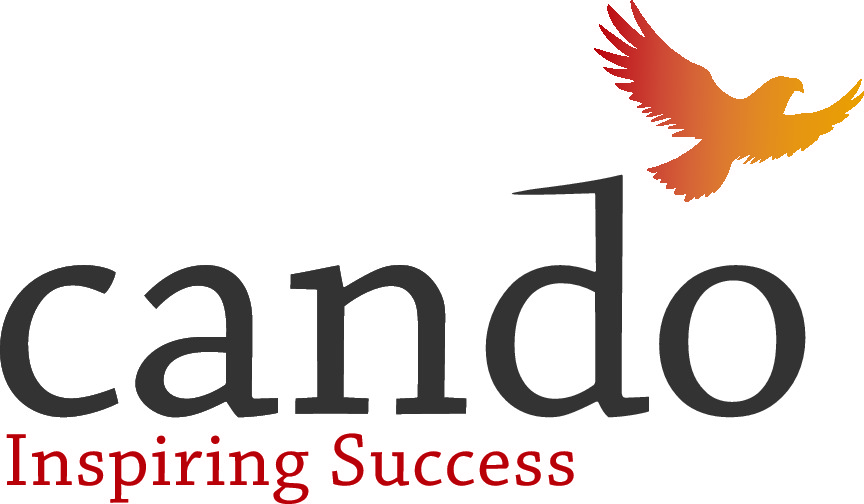Opportunities, Impediments And Capacity Building For Enterprise Development By Australian Aboriginal Communities
DOI:
https://doi.org/10.29173/jaed245Downloads
References
Ahmat, R. (2003). Doing Indigenous social business and enterprise: the view from Cape York. Address to the Indigenous Enterprise Summit, Canberra, 21 May 2003. Online accessed January 2006. <http://www.partnerships.org.au>
Allen Consulting Group. (2001). Indigenous Communities and Australian Business, From Little Things Big Things Grow. A report to the Business Council of Australia, October 2006, ISBN No. 0-9578337-1-7, The Allen Consulting Group Pty Ltd. Online accessed January 2006. <http://www.allenconsult.com.au>
Altman, J. (2000). The economic status of Indigenous Australians’. Discussion Paper No. 193/2000 ISBN 0-7315-2628-7, Centre for Aboriginal Economic Policy Research, ANU.
Andrews, G. (2004). Evaluating development: Applying lessons learnt from international development to Indigenous community development. State of the Regions 2004, Northern Territory Government. Online: <http://www.stateoftheregions.nt.gov.au> (last accessed May 2005).
Atterton, J. (2001). The role of civil society and the business community in rural restructuring, Scottish Executive Central Research Unit, Edinburgh.
Barker, A. (2005). “Capacity building for sustainability: towards community development in coastal Scotland.” Journal of Environmental Management 75: 11–19
Batty, D., Boyd, M., Cornwall, T., Edgar, K., Evans, L., Flugge, K., Ross, R., Smith, W., Thomas, R., Worth, K., & Zed. J. (2005). Capitalising on natural resources and Indigenous knowledge. Proceedings of a five-day Aboriginal work shop and associated cultural tour conducted at Broome, Western Australia, 2–6 August 2004, 29pp.
Bolger, J. (May 2000). Capacity Development: Why, What and How, Capacity Development/Occasional Paper Series, 1, 1. Hull, Quebec: CIDA, Policy Branch.
Council for Aboriginal Reconciliation. (2000). Achieving economic independence, Council for Aboriginal reconciliation. Kingston: ACT.
Department for International Development (DFID). (2002). Capacity Development: Where Do We Stand Now? London: DFID.
Department of Immigration and Multicultural Affairs (DIMIA). (2003). Indigenous Business Review report on support for Indigenous business. Sydney: Australian Government.
Dodson, M., & Smith, D.E. (2003). Governance for sustainable development: Strategic issues and principles for Indigenous Australian communities. Discussion Paper No. 250/2003 ISBN 0-7315-5625-9, Centre for Aboriginal Economic Policy Research, ANU.
Flamsteed, K., & Golding, B. (2005). Learning through Indigenous business: The role of vocational education and training in Indigenous enterprise and community development. NCVER, Adelaide. Online: <http://.ncver.edu.au/research/proj/nr1023e.htm> (last accessed Jan u ary 2006).
Foley, D. (2003). ‘An examination of Indigenous Australian entrepreneurs’, Journal of Developmental Entrepreneurship 8(2): 133–151.
Foley, D. (2006). “Indigenous Australian entrepreneurs; Not all community organisations, not all in the out back.” Discussion Paper No. 279/2006 ISBN 0-7315-5654-2, Centre for Aboriginal Economic Policy Research, ANU.
Fukuda-Parr, S.C. Lopes, & Malik, K. (2002). Capacity for Development: New Solutions to Old Problems. London: Earthscan and UNDP.
Horton, D., Alexaki, A., Bennett-Lartey, S., et al. (2003). Evaluating capacity development: Experiences from research and development organisations around the world, International Service for National Agricultural Research. ISBN 92-9118-069-6. Online: <http://www.isnar.cgiar.org/pub li ca tions/> (last accessed May 2006).
Hunter, B. (2004a). Indigenous Australians in the contemporary labour market, 2001 Australian Census Analytic Program, ABS catalogue no 2052.0, ISBN 0-642-47928-3, Common wealth of Australia 2004. Online: (last accessed May 2006).
Hunter, B. (2004b). Taming the social capital hydra? Indigenous poverty, social capital theory and measurement, Discussion Paper No. 261/2004 ISBN 0-7315-5636-4, Centre for Aboriginal Economic Policy Research, ANU.
IBA (2005). From little things big things grow. A submission by Indigenous Business Australia to the Inquiry into Indigenous Employment conducted by the House of Representatives Standing Committee on Aboriginal and Torres Strait Islander Affairs, July 2005. Online: <http://www.iba.gov.au/images/> (last accessed January 2006).
IBSA (2005). Indigenous small business skills development project. Stage 2 research report. Innovation and Business Skills Australia. Online: <http://www.ibsa.org.au> (last accessed January 2006).
Jaycox E.V.K. (1993). Capacity Building: The Missing Link in African Development, Transcript of Address by E.V.K. Jaycox, Vice President, Africa Region The World Bank to the African-American Institute Conference “African Capacity Building: Effective and Enduring Partnerships,” Reston, Virginia, May 20, 1993.
Johannisson, B. (1987). ”Beyond process and structure: Social exchange networks.” International Studies of Management and Organisations 27(4): 3–23.
Lavergne, R. (2004). Capacity development: Conceptual framework and key issues, Presentation to Tokyo International Symposium on Capacity Development, February 4, 2004. Online: <http://www.acdi-cida.gc.ca/cd> (last accessed May 2006).
Lavergne, R., & Saxby, J. (2001). Community Development: Visions and Implications, Capacity Development/Occasional Paper Series 1(3), January. Hull, Quebec: CIDA, Policy Branch.
Lopes, C., & Theisohn, T. (2003). Ownership, Leadership and Transformation: Can We Do Better for Capacity Development? New York: Earthscan & UNDP.
Maddern, P. (2005). Remote communities: Where are the jobs? Presentation to the Bennelong Society Conference, September 2005. Online: <http://www.bennelong.com.au/papers> (last accessed January 2006).
Murray, M., & Dunn, L. (1995). ‘Capacity building for rural development in the United States’, Journal of Rural Studies 11(1): 89–97.
Nair, G. (2003). Nurturing capacity in developing countries: From consensus to practice, Capacity Enhancement Briefs No. 1. Washington D.C.: World Bank Institute.
Ord, D., & Mazzarol, T. (2005). ‘Sustainable reconciliation: Unlocking the economic potential of an Australian Indigenous community’, Second AGSE International Entrepreneurial Research Exchange, 10–11th February 2005, Melbourne.
Oxfam (2002). Submission by Oxfam Community Aid Abroad to Commonwealth of Australia HORSCATSIA Inquiry into Capacity Building in Indigenous Communities, September 2002.
Philpot, S. (2005). Governance training for Indigenous entrepreneurs and retail employers, Power Point Presentation to Project Advisory Committee of the Indigenous Small Business Development Project, IBSA, Melbourne. Cited by IBSA (2005).
Schacter, M. (2000). Capacity building: A new way of doing business for development assistance organizations, Policy Brief No. 6 (January). Ottawa: Institute on Policy Governance. Online: <http://www.iog.ca/publications/policybrief6.pdf> (last accessed May 2006).
United Nations Development Program (UNDP). (1998). Capacity assessment and development in a systems and strategic management context, Technical Advisory Paper No 3, Management Development and Governance Division, Bureau for Development Policy. Online: <http://www.undp.org> (last accessed May 2006).
Wescott, G. (2002). “Partnerships for capacity building: community, governments and universities working together.” Ocean and Coastal Management 45: 549–571.
Downloads
Published
Issue
Section
License
Copyright (c) 2007 Cando

This work is licensed under a Creative Commons Attribution-NonCommercial-NoDerivatives 4.0 International License.




